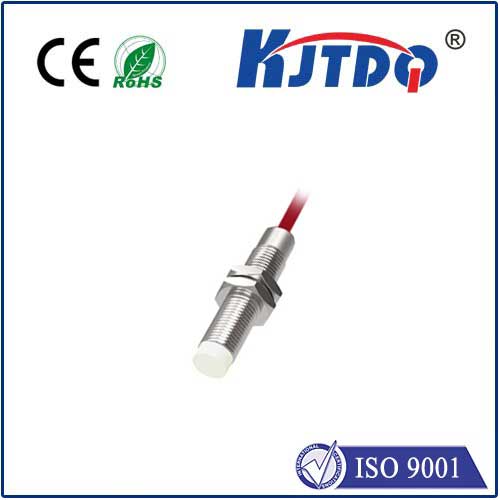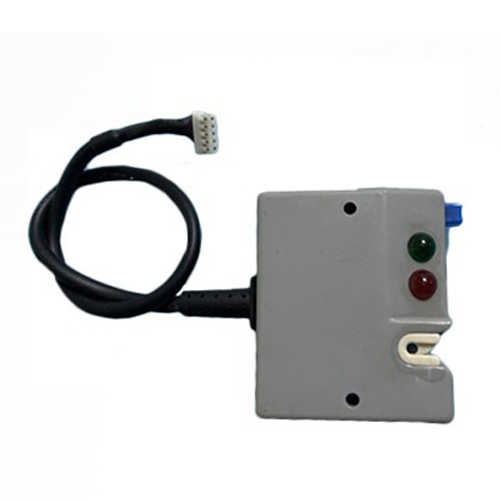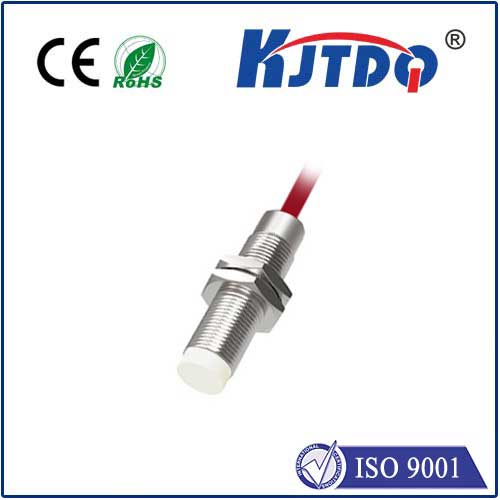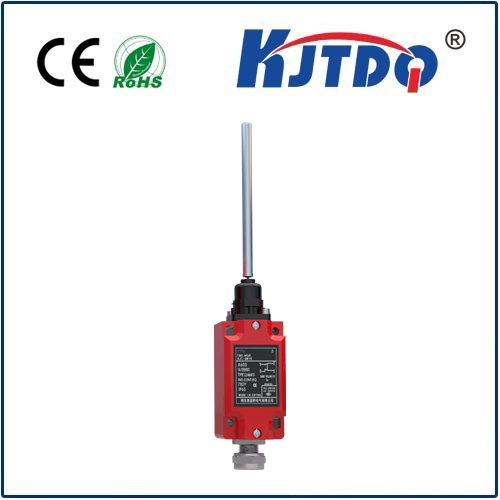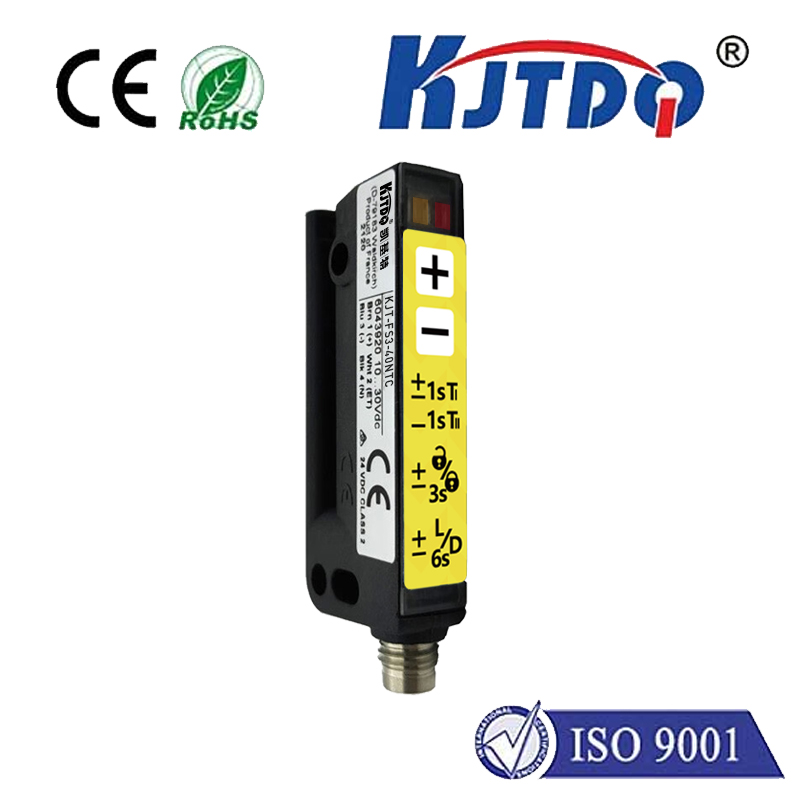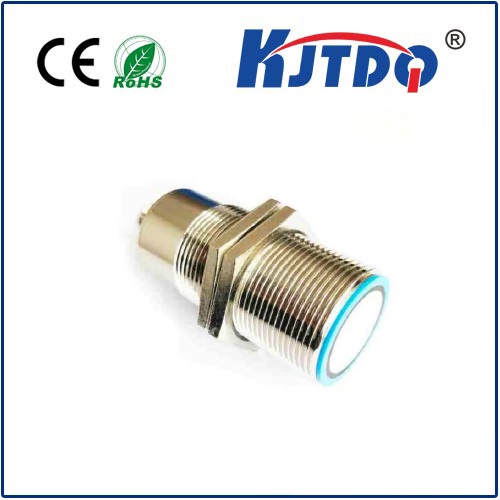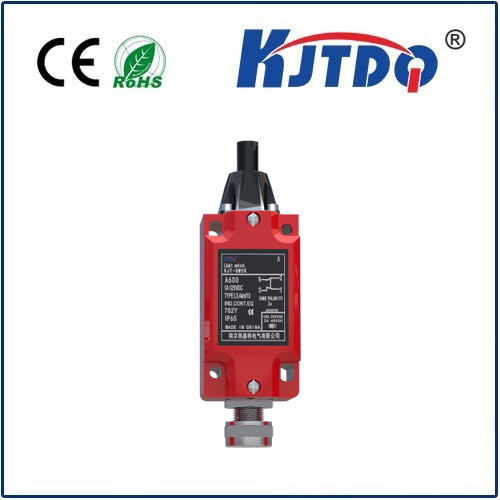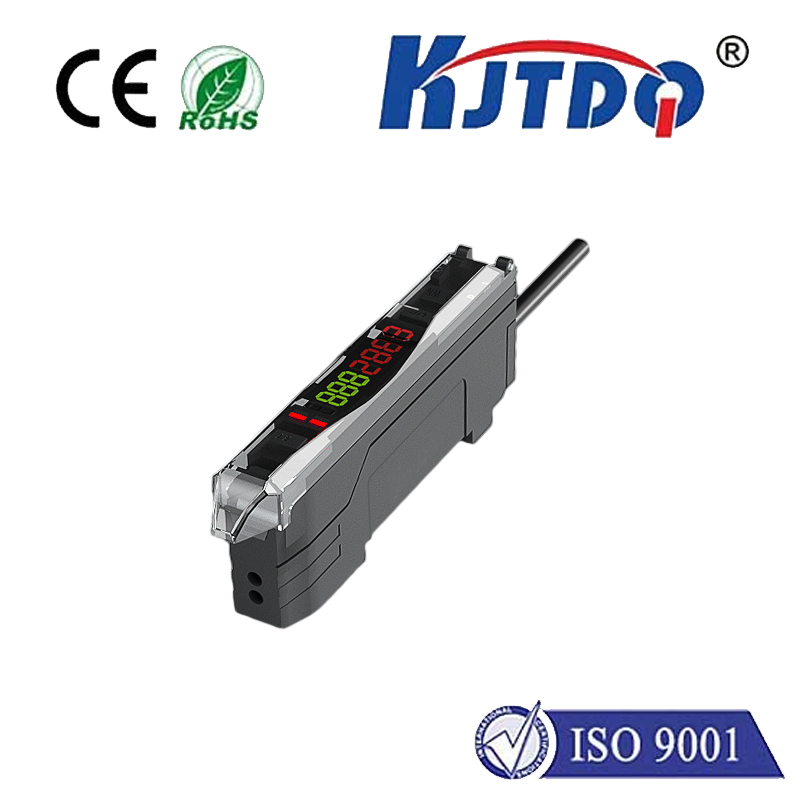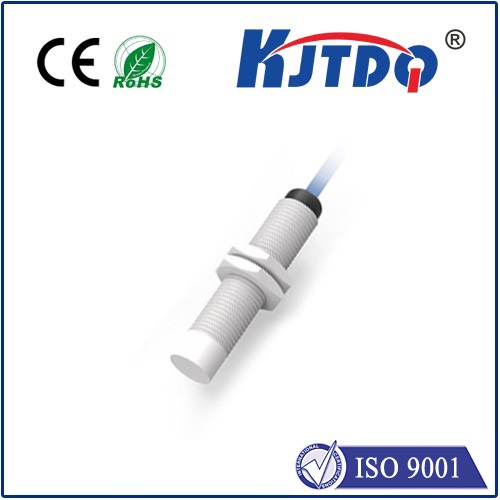Датчик приближения 5V
- time:2025-07-04 02:00:41
- Нажмите:0
The Essential Guide to 5V Proximity Sensors: Selection, Application & Advantages
Imagine this: You’re building an automated project – maybe a robot avoiding obstacles, a machine counting parts, or a security system detecting intruders. You need eyes that see without touching, reliably triggering actions in your electronic brain. Enter the unsung hero of countless automation tasks: the 5V proximity sensor. Designed for seamless integration with the most common development platforms and microcontrollers, these compact powerhouses make non-contact detection incredibly accessible.
But what exactly is a 5V proximity sensor? At its core, it’s a device engineered to detect the presence or absence of an object within its sensing range without physical contact. The “5V” designation is crucial – it signifies that the sensor operates on a 5-volt direct current (DC) power supply. This makes it inherently compatible with a vast ecosystem of popular electronics, including Arduino boards, Raspberry Pi (often via simple interfaces), PIC microcontrollers, and many other industrial controllers and logic circuits that commonly use 5V logic levels. This voltage compatibility eliminates the frequent need for complex level-shifting circuits, streamlining your design and prototyping process significantly.
How Do 5V Proximity Sensors Work?
While several underlying technologies exist, the most common types found operating at 5V are:

- Inductive Proximity Sensors: These excel at detecting metallic objects (ferrous metals like iron or steel are typically easiest, non-ferrous like aluminum or copper may have reduced range). They work by generating an electromagnetic field. When a metal target enters this field, it induces eddy currents within the metal, causing a measurable change in the sensor’s internal oscillation. This change triggers the sensor’s output circuit. Their inherent ruggedness, resistance to dirt/oil/water (typically IP67 or higher), and reliability make them the go-to choice for industrial automation, factory floors, and position sensing in machinery.
- Capacitive Proximity Sensors: These detect a wider range of materials – metals, plastics, wood, liquids, powders – by sensing changes in capacitance. The sensor face acts as one plate of a capacitor, and the target (or even the background) acts as the other. As a target approaches, it alters the capacitance field, triggering the sensor. Their ability to see through non-metallic materials makes them ideal for level detection in tanks (liquid or granular solids), presence detection of non-metallic objects, and touch interfaces.
- Infrared (IR) Photoelectric Sensors: Utilizing emitted and reflected infrared light (sometimes modulated), these detect objects by either interruption of a beam (through-beam) or reflection off the target (reflective/diffuse). Some 5V modules are simple obstacle detectors, while others offer analog distance output. They are versatile for object detection, counting, and positioning over longer ranges than inductive/capacitive types, though ambient light can sometimes interfere.
The Output Signal: Digital Switching
Crucially, the vast majority of general-purpose 5V proximity sensors provide a simple Цифровой вывод. This means they act like a switch: NPN (Sinking) or PNP (Sourcing) configuration. When no target is detected, they maintain one state (e.g., output pulled high to 5V for PNP, or low to 0V/GND for NPN). When a target enters the sensing range, they “switch” states. This binary signal is perfect for feeding directly into a microcontroller’s digital input pin, a PLC input module, or triggering a relay.
Why Choose a 5V Proximity Sensor? Key Advantages
The 5V operating voltage is far from arbitrary; it delivers tangible benefits:
- Seamless Microcontroller Integration: This is the paramount advantage. Plugging directly into Arduino, Raspberry Pi (often with a small adapter board for safe 5V input), PIC, AVR, etc., without extra voltage conversion circuitry saves time, cost, and board space during prototyping and development. It drastically lowers the barrier to entry for hobbyists, students, and engineers alike.
- Simplified Power Supply Needs: Many USB ports, wall adapters, and benchtop power supplies readily provide stable 5V DC. You don’t necessarily need specialized power sources or regulators to run these sensors alongside your logic board.
- Wide Availability & Cost-Effectiveness: The popularity of 5V systems has driven massive production of compatible sensors, leading to broad availability in countless variants (form factors, sensing ranges, connection types) and generally very competitive pricing.
- Reliable Switching: Designed specifically for logic-level interfacing, these sensors provide clean, fast switching signals compatible with digital inputs, minimizing noise and signal integrity issues common with mismatched voltage systems.
- Scalability: Prototype easily on a breadboard with an Arduino using a 5V sensor, and often that same sensor type (with appropriate mounting/enclosure) can be integrated into a larger 5V-compatible industrial control system.
Critical Selection Factors
Choosing the right 5V proximity sensor involves more than just the voltage. Consider:
- Sensing Technology: Metal only? Go inductive. Non-metallic? Capacitive is likely needed. Longer range or specific detection modes? Consider IR photoelectric.
- Sensing Range: What is the maximum distance you need to detect objects? Sensor specs clearly state the nominal range (e.g., 4mm, 10mm, 50mm). Always verify feasibility in your actual setup.
- Output Type: NPN or PNP? This depends on your input circuit’s requirements. Understanding sinking vs. sourcing is vital to avoid connection errors.
- Form Factor (Size & Shape): Barrel-style (common for inductive), rectangular block, or small board-mount module? Space constraints are critical.
- Environmental Factors: Will it face liquids, dust, oils, temperature extremes, vibration, or strong EMI? Check the Ingress Protection (IP) rating and operating temperature range. Inductive sensors are generally the toughest.
- Connection Type: Pre-wired cables, connector types (M8, M12), or terminals? This affects ease of installation and maintenance.
- Response Time: How fast does it need to detect and signal? Especially important in high-speed applications.
Where 5V Proximity Sensors Shine: Applications Galore
Their versatility ensures their presence across diverse fields:
- Consumer Electronics & DIY Projects: Robotics obstacle avoidance, touchless switches, object counters, position sensing in 3D printers, interactive art installations.
- Промышленная автоматизация: Machine safety interlocks, part presence/absence detection on conveyors, robotic arm end-position sensing, tool positioning in CNC machines, object counting in packaging lines. Reliable operation in harsh environments is key here.
- Automotive: Gear position sensing, door/window open/close detection, fluid level sensing (capacitive types).
- Security Systems: Intrusion detection (window/door position), object removal alerts.
- Appliance Control: Lid/door position sensing (washer, dryer, microwave), water level detection (capacitive) in kettles or coffee makers.
Integrating with Your System: Key Considerations
- Power Supply: Ensure a clean, stable 5V DC supply capable of supplying the sensor’s required current (typically low, but check datasheets). Noise on the power line can cause erratic behavior


